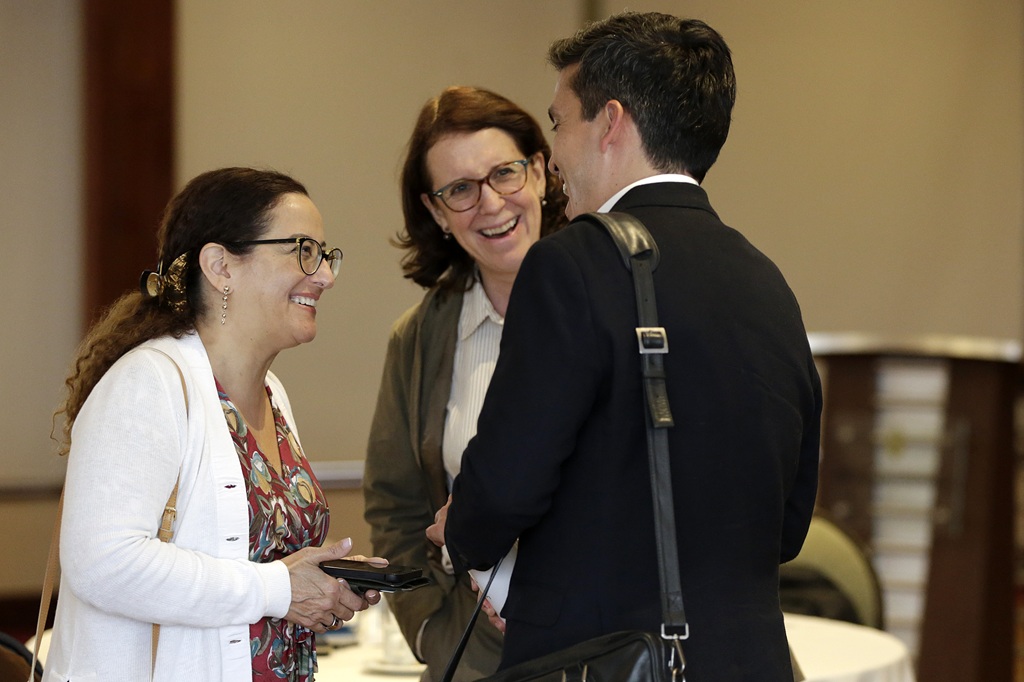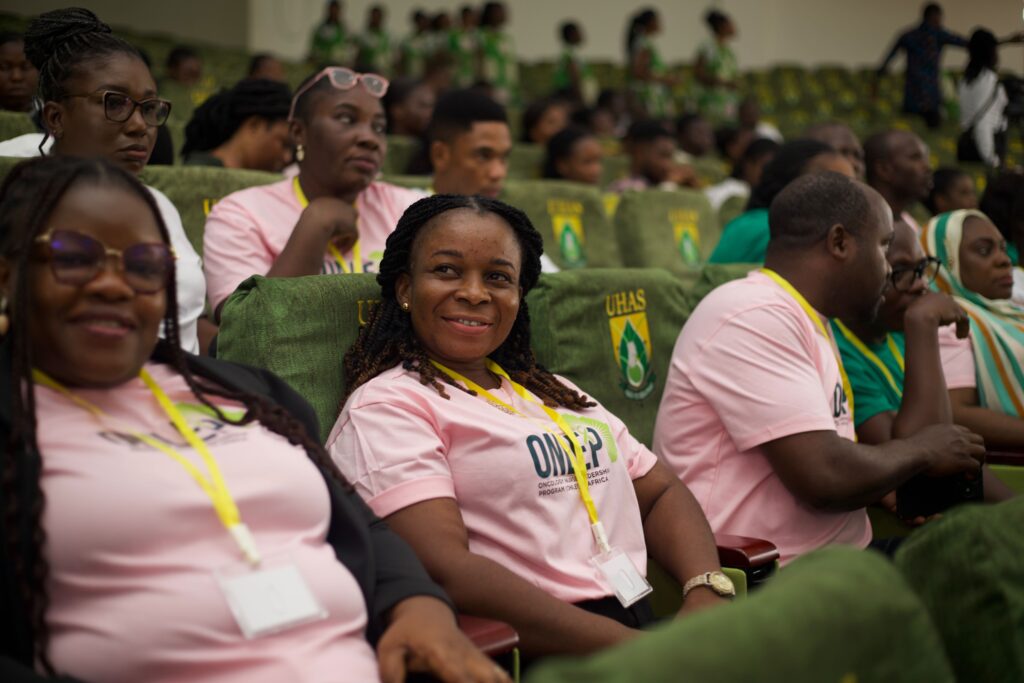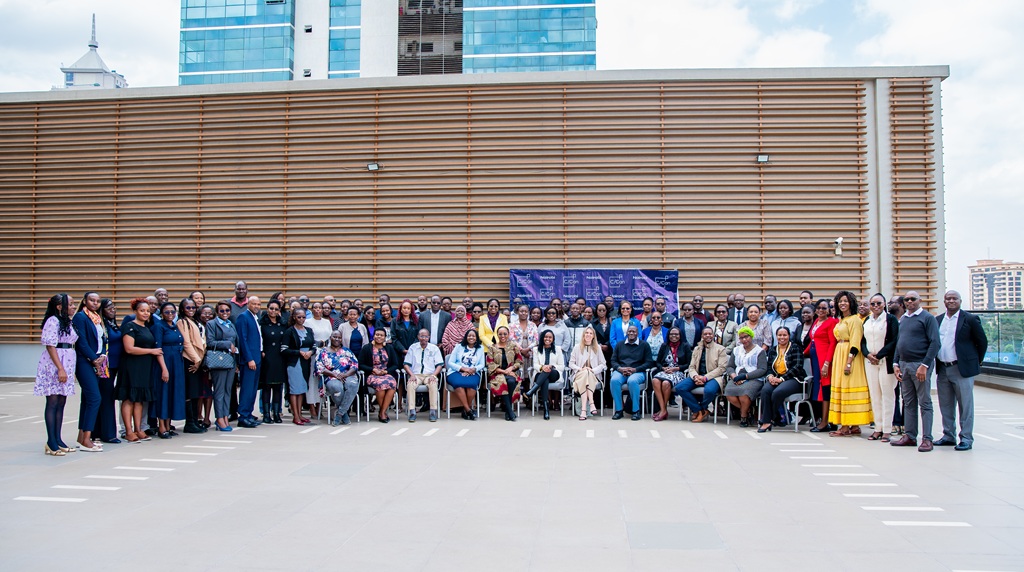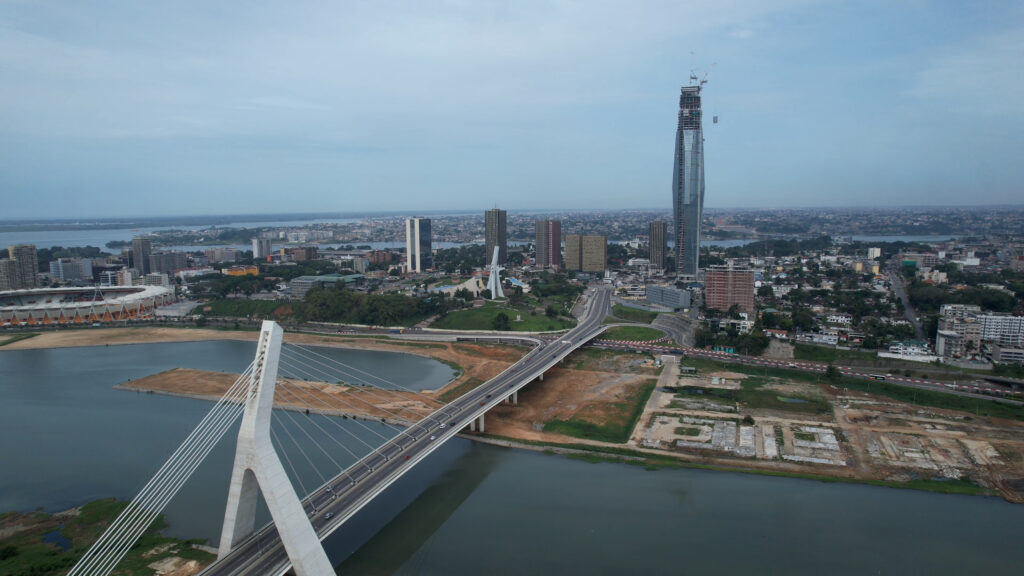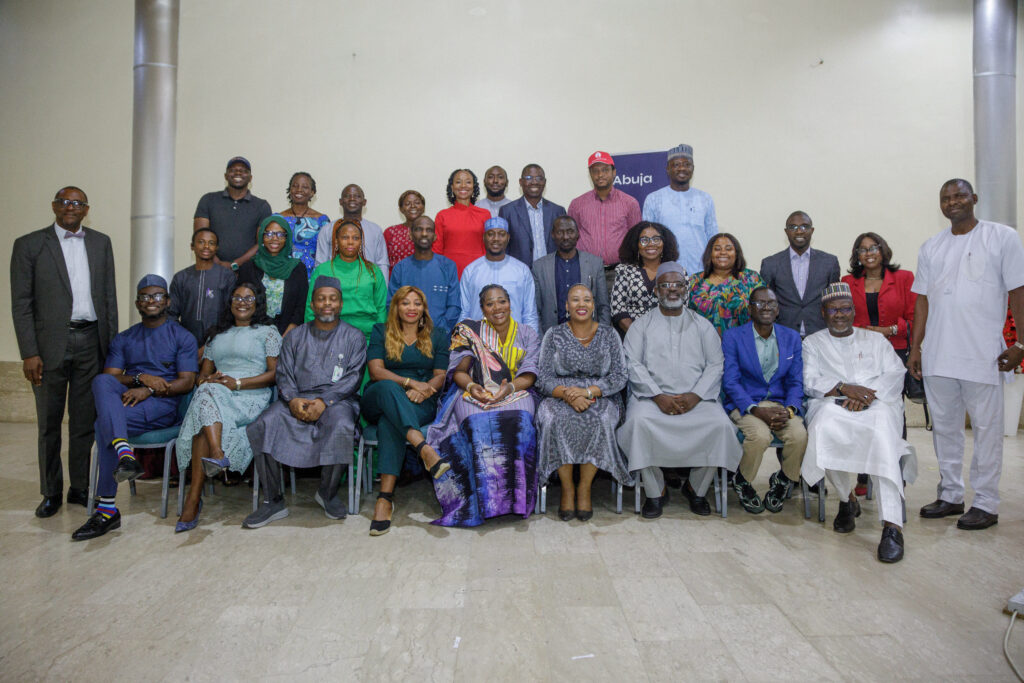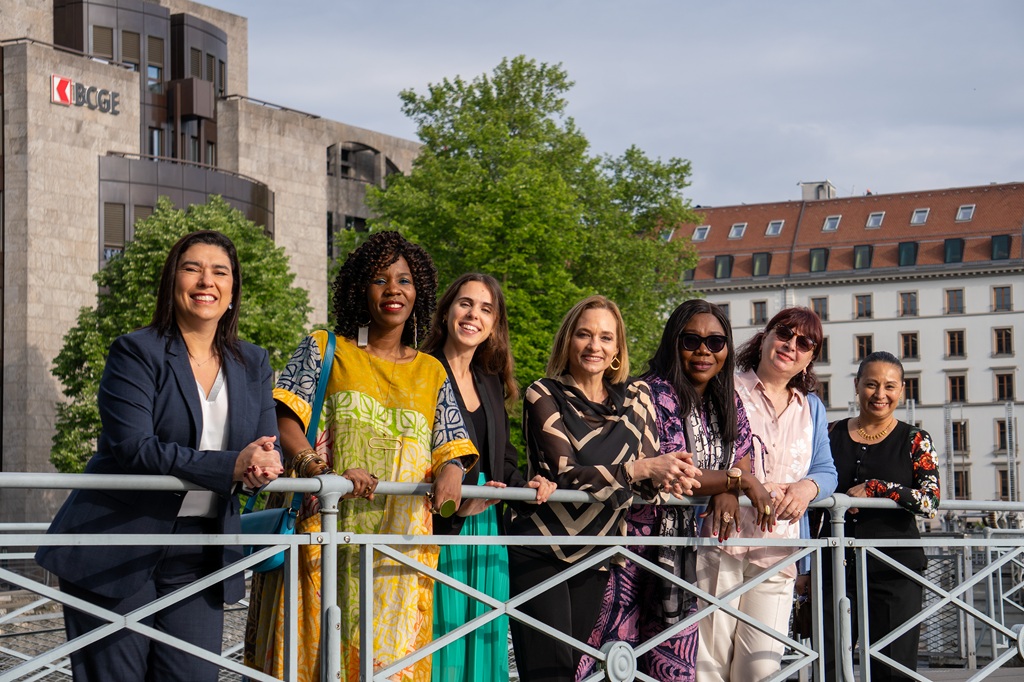
Building on the experience of the last two years, City Cancer Challenge (C/Can) continues refining its approach to coordinating technical support for cancer diagnosis, treatment and care to improve access to equitable, quality cancer care.
“While every city has a unique cancer care landscape, recurring areas of need are emerging across cities; this has allowed C/Can and its network of experts and partners to refine a tried and tested technical cooperation approach that continuously integrates learnings and good practices” Isabel Mestres, Director of Global Public Affairs, City Cancer Challenge.
In this second Inside Story, we take an in-depth look at the steps C/Can follows to identify, plan and develop sustainable cancer solutions.
Step 1. Prioritising cancer care needs
A city-wide data collection process on the quality and capacity of cancer care services is C/Can’s first step.
Coordinated by a multidisciplinary technical committee of local cancer care experts, the aim is to assess the availability of and access to quality cancer care, to provide a snapshot of the current state of cancer care services in the city.
The technical committee leads a series of consensus-building meetings with healthcare professionals, patients and local regulators, representing the main cancer care institutions in the city to review the data collected in their respective area of expertise, determine the city’s key needs, and identify priority solutions to address the gaps. This is documented in the City Situational Analysis Report.
Step 2. Translating priorities into feasible, measurable, time-bound projects
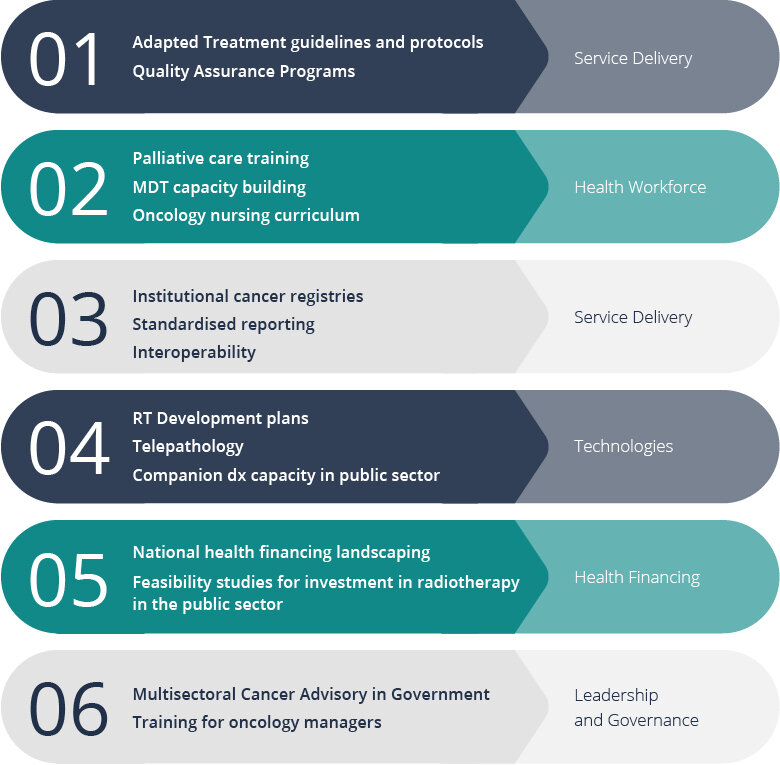
Once a set of eight to 12 priority solutions are identified, project teams are assembled from the different participating institutions to translate solutions into specific plans. These multi-institutional groups of local experts ensure representation from both public and private cancer care providers, and collaborate to develop projects with clear objectives, timelines, and metrics of success
Step 3. Refining scope
The project teams continue working together to define and agree a set of two to five outputs for each project. In the area of radiotherapy, this may include developing a radiotherapy plan and a quality assurance programme. In both cases, it is important to define their scope and aim. In Cali, Asuncion and Yangon the need to strengthen access to radiotherapy services was identified as a critical need, with a city-wide radiotherapy plan identified as a priority solution.
In Cali, the project team, comprising medical physicists, radiation therapy technologists and radiation oncologists from the various clinical services in the city defined a set of key parameters for a 10-year strategic plan outlining the demand for radiotherapy services, quantifying the gap in optimal coverage of services, and setting out steps for an expansion of services including through the phased incorporation of newer technologies and intra-city collaborations. The plan is a tool for the local radiotherapy community to advocate and implement a robust approach built through consensus.
Step 4: Benchmarking and capacity building
Once the scope of each project output is clear, project teams develop a first draft document (which, depending on the project, could be a set of treatment guidelines, standards and protocols, training manuals etc.). As a starting point, the project team will look at existing best practices, peer-reviewed literature and other resources, including those developed in previous C/Can cities. C/Can then convenes a series of meetings for the project teams, facilitating external expert input if required.
In Asuncion, Paraguay, the pathology project team was guided by Dr Beatriz Hornburg (American Society for Clinical Pathology) to define core quality requirements to be included in a new pathology quality control manual and related regulation.
Step 5. Consulting with city-level peers and international experts
Once a first draft has been developed, the project team consults with a broader network of local experts representing all relevant cancer care providers and regulators.
“Involving the broader cancer community is key to ensuring that the proposed cancer care solution is feasible and appropriate for the local context and existing practices in order to guarantee effective implementation” Dr Fred Kwame Awittor, Kumasi City Manager, City Cancer Challenge.
Input from a wider group of local stakeholders is then complemented by an external review with an international expert panel. This is to ensure alignment with international quality benchmarks and evidence-based practice.
“Institute of Palliative Medicine has been partnering with City Cancer Challenge in the mission to improve cancer care services around the world. We had involved in the strategy discussions and generation of protocols in Yangon last year, with concrete positive results. As part of collaborative work, we are now in the process of training key stakeholders in City Can projects in Yangon, Kumasi and Kigali in developing local palliative care programs” Dr Suresh Kumar, Director, WHO Collaborating Centre IND135, Institute of Palliative Medicine
Step 6. Endorsing project outputs
Once validated, draft project documents are presented to the relevant administrative entities for endorsement. This may include hospital and clinic administrations, regulators, and the ministry of health or equivalent. In parallel, and to ensure that project products are fully integrated and implemented, city workshops are organised with staff from the participating institutions.
The case of Yangon
In cities like Yangon, Myanmar’s largest, where cancer diagnosis and treatment resources are limited, resource appropriate guidelines and protocols are essential. The majority of hospitals (public and private) struggle to follow internationally recognised guidelines, as they often cannot afford treatments and/or procedures, or lack some of the equipment needed to fully comply. At the same time, there are very few written treatment protocols adapted to local contexts and resource availability to ensure the quality of the cancer treatment delivered.
Over the last two years, C/Can has worked with stakeholders and international experts in Yangon to develop six new resource-appropriate guidelines and multidisciplinary team methodologies, which will be used as standard practice for managing cancer patients. These documents were approved and endorsed by Myanmar’s Ministry of Health and will be implemented in public and private hospitals nationwide.
- Radiotherapy Development Plan
- Radiotherapy Quality Assurance Programme
- Adapted Clinical Management Guideline on Invasive Breast Cancer
- Cancer Pain Management Guideline
- Standard Histopathology Reporting Format
- Adapted Clinical Management Guideline on Invasive Cervical Cancer
Throughout each of these steps, harnessing both multisectoral and multidisciplinary collaboration has proven to be an important ingredient for success. Stay tuned for the next story in this series where we share examples of how partners from across sectors are helping to shape, develop and deliver C/Can’s technical cooperation.
